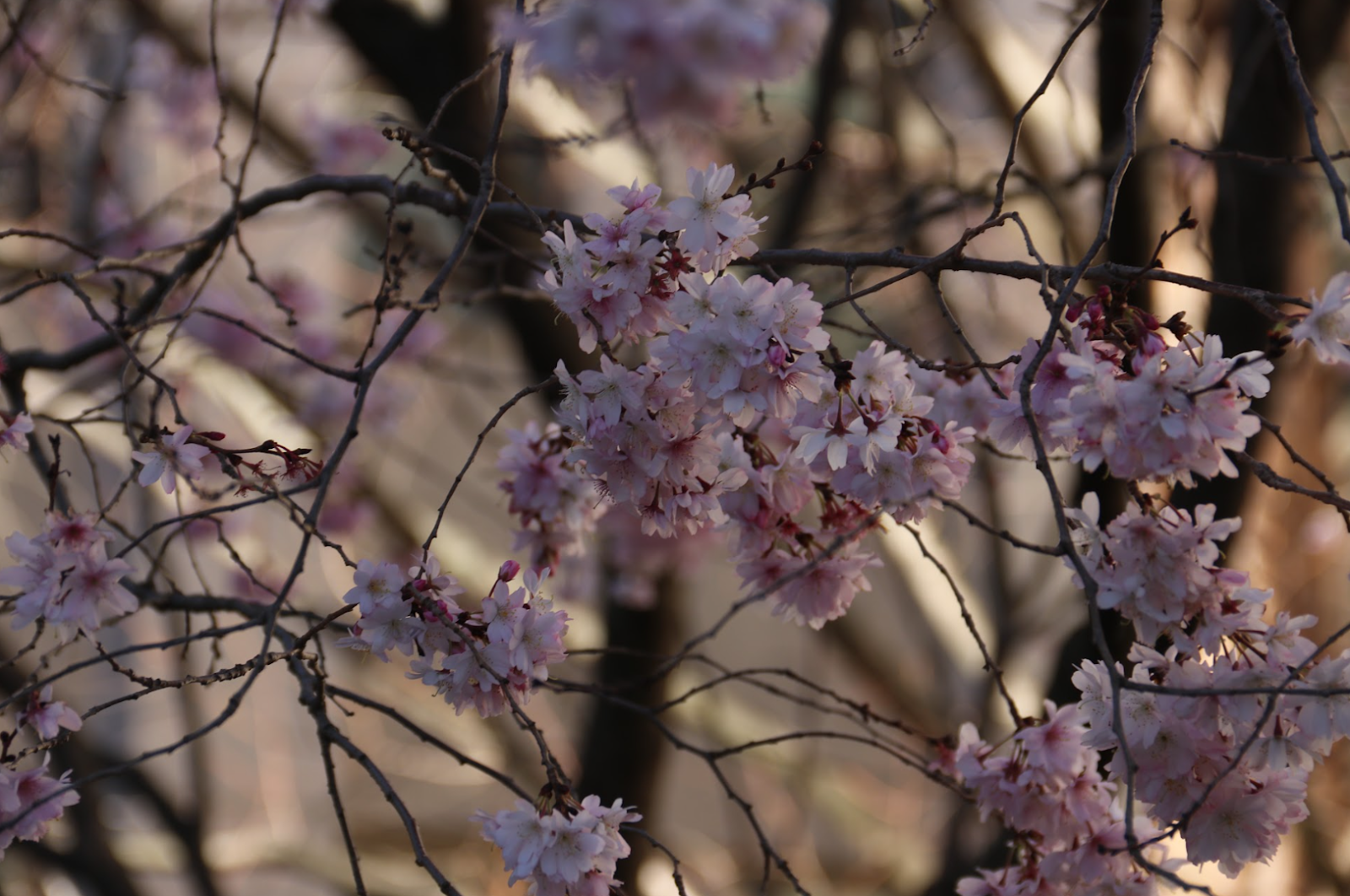 In the nation’s capital, nothing captures springtime more than swaths of soft pink cherry blossoms slowly emerging from winter’s lifeless trees.
In the nation’s capital, nothing captures springtime more than swaths of soft pink cherry blossoms slowly emerging from winter’s lifeless trees.“They bring such a colorful, vibrant life to the city,” said Josie Zucker, a student at American University in Washington, where several trees are already in bloom. “Seeing them in the spring is my favorite part of the year.”
The District of Columbia’s beloved cherry trees are centered around the Tidal Basin and East Potomac Park, but the pink and white blossoms can be spotted in neighborhoods across the city. The annual bloom of more than 3,700 trees, which lasts for just a week or two in March or April, is enjoyed by locals and tourists alike.
The flowers, which are easily damaged, seem to embody the fragility of nature. And now, these trees are in a state of flux. The study of phenology, which centers on the seasonal life cycles of plants and animals, shows that peak bloom dates are inching earlier as weather patterns in the district trend warmer. Flowers across the city, including some cherry blossoms, started emerging in February.
For many, this is a reminder of the relentless march of climate change. But some experts suggest that the early cherry blossoms need not be a cause for concern.
“There are people who work on sea level rise, and it’s just bad news all day long; the seas are going to rise, and there’s not really any upside,” said Alyssa Rosemartin, a coordinator for the National Phenology Network. “But in this context, it’s OK to talk in a balanced way. There are upsides to a longer growing season. People enjoy the early signs of spring.”